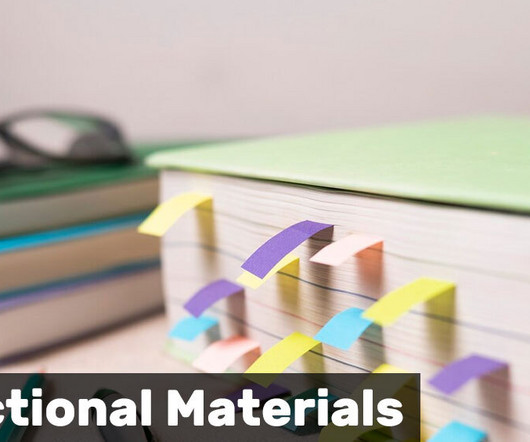Maker pedagogy
Learning with e's
DECEMBER 31, 2014
More and more teachers are beginning to realise that creating environments and possibilities where students make things is a very powerful pedagogy. Seymour Papert ''s work on constructionism outlines the cognitive gain that occurs when we create something new rather than simply repeat knowledge that has already been acquired.

























Let's personalize your content